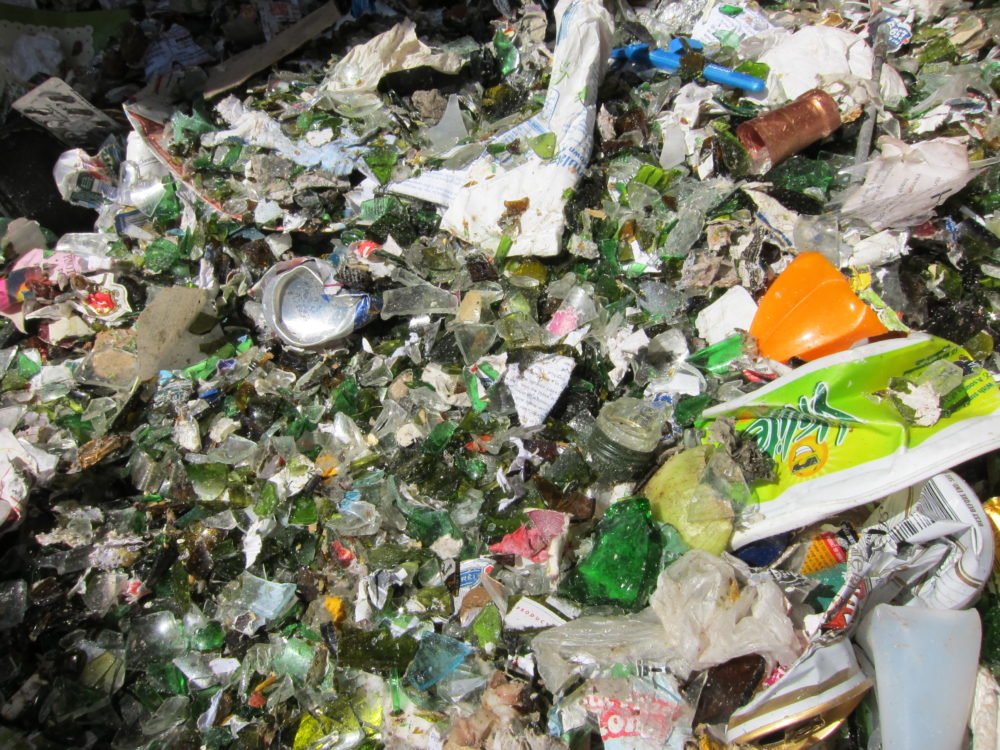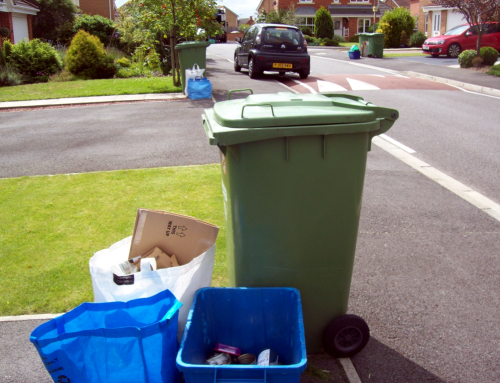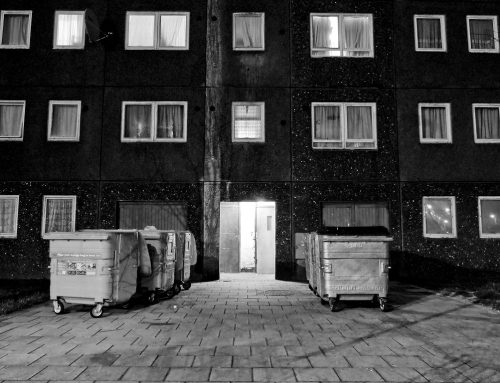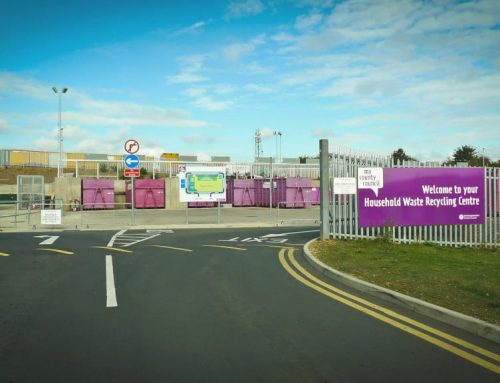There can have been few judgements in the administrative court more cut and dried than that given by Mr Justice Hickinbottom in Cardiff last month. In his decision regarding whether the revised Waste Framework Directive (rWFD) had been correctly transposed through the Waste (England and Wales) (Amendment) Regulations 2012, he saw little of merit in the case made by the claimants, a group of materials reprocessors. Finding in favour of Defra and the Welsh Government, he concluded:
“I find that the interpretation of the third paragraph of Article 11(1) of the Waste Framework Directive is unambiguously clear: the obligation to set up separate collection of paper, metal, plastic and glass from 2015 is restricted by both the practicability and necessity requirements that also restrict the obligation in Article 10(2) to collect separately for the purposes of recovery.”
However, I think that some of the reaction to the judgement has mistakenly assumed that the forthrightness with which the claim was rejected implies that the loss struck a severe blow against separate collection. In fact, it seems to reinforce the important change resulting from the first application for judicial review of the Waste (England and Wales) Regulations 2011. This means that co-mingled collection cannot be defined as a form of separate collection, and on my reading, there is quite a lot in the judgement that supporters of separate collection will find interesting.
A practical necessity?
The case concerned the amended version of Regulation 13, which states:
“(2) Subject to paragraph (4), an establishment or undertaking which collects waste paper, metal, plastic or glass must do so by way of separate collection.
(3) Subject to paragraph (4), every waste collection authority must, when making arrangements for the collection of waste paper, metal, plastic or glass, ensure that those arrangements are by way of separate collection.
(4) The duties in this regulation apply where separate collection –
(a) is necessary to ensure that waste undergoes recovery operations in accordance with Articles 4 and 13 of the Waste Framework Directive and to facilitate or improve recovery; and
(b) is technically, environmentally and economically practicable.”
It turned on a very narrow question, regarding whether the wording of Regulation 13(4)(a), whose wording is derived from Article 10(2) (rather than Article 11, which deals with the four key materials), was a correct interpretation of the rWFD.
The decision means that 13(4)(a), which Hickinbottom calls the “necessity requirement”, stands. But reaction has tended to focus on the interpretation of the 13(4)(b),which Hickinbottom calls the “practicability requirement”, and has been discussed several times on Isonomia as the “TEEP test”. To understand the real significance of the judgement, we need to analyse the necessity requirement: when may separate collection be necessary to “ensure that waste undergoes recovery operations… and to facilitate or improve recovery”?
While firmly deciding that the requirement to collect waste separately is subject to both of the “requirements” being satisfied, the judgement does not state whether separate collection might generally (or ever!) be considered necessary. It is interesting (though inconclusive) that the judge felt it was worthwhile addressing the “practicability requirement” at length. Since practicability would only be considered if the “necessity requirement” is satisfied, the discussion would be rather academic if Hickinbottom didn’t think the necessity test would sometimes be met. But perhaps he was just being thorough.
A glass apart
So, is separate collection ever necessary, given that co-mingled collection allows a good deal of material to be recovered? There generally are end markets for the plastics, metals, paper, card and glass that are collected co-mingled and separated by MRFs, and these are reprocessed into new products.
Having said that, the processes for collecting and sorting mixed materials clearly aren’t perfect. Perhaps most importantly in the context of the rWFD, collecting glass co-mingled tends to lead to considerable and problematic contamination of other materials. The effect of compaction and the sorting process on glass is also pretty destructive and most of the cullet that is produced is only suitable for use as aggregate. But this still counts as recovery – so an increase in separate collection is not likely to be necessary simply to ensure glass waste “undergoes recovery operations”.

The JR may have crushed the reprocessors’ argument, but there could still be a strong argument for separate glass collection. Photo by Eunomia.
However, within the ‘recovery’ tier of the waste hierarchy as defined in Article 4 of the rWFD, there is a clear order of precedence, with recycling preferred ahead of ‘other recovery’. While the UK has counted recovery of glass as aggregate towards its recycling targets, this is increasingly being acknowledged as a low-grade form of recovery compared to closed-loop ‘re-melting’ of glass into new glass products. From 2013, UK businesses will have to meet part of their recycling target under the packaging regulations through re-melt. In practice, this will require a certain amount of separate collection, but perhaps at the level of the current targets not more than the UK’s collection systems already deliver – but it creates, for the first time, a clear qualitative distinction between aggregate and re-melt end uses for waste glass.
There are also new “end-of-waste criteria” for glass made under Article 6 of the rWFD, which will come into effect across the EU from 11th June 2013. They stipulate that glass cullet that complies with the purity standards it specifies and meets “a customer specification, an industry specification or a standard for direct use in the production of glass substances or objects by re-melting in glass manufacturing facilities” will not count as a waste, but as a raw material. The ‘carbon metric’ approach that is increasingly being used to gauge the value of recycling systems also clearly favours re-melt over aggregate, which has been shown to offer little if any net benefit in greenhouse gas emissions. In this context it seems that the days of counting glass recovered to aggregate as ‘recycling’ may be numbered and straightforward to argue that collecting glass separately from other dry recycling is necessary to “facilitate or improve recovery”.
If separate glass collection is not necessary to ensure that it undergoes recovery operations, but is needed to facilitate or improve recovery, does this meet the “necessity requirement”? The rWFD, from which the wording of the necessity requirement is taken, is hardly a paradigm of drafting. But if we read the “and” in “ensure that waste undergoes recovery operations… and to facilitate or improve recovery” to mean that satisfying either half of the clause is sufficient to meet the test, then separate collection of glass would seem to be required, subject to it being practicable.
Definite article
To me, the really interesting element of the judgement is the emphasis it places on Article 10. The Regulations seek to implement Article 11(2), which is concerned only with recycling paper, metal, plastic and glass; but Article 10 imposes a much more general requirement: “Member states shall take the necessary measures to ensure that waste undergoes recovery operations” . This appears to apply to all waste, and again, separate collection is required wherever the two requirements are met.
There are two observations to make here. This requirement would appear to apply to materials that it is difficult to recover through a MRF but which can be recovered or recycled if collected separately. Such materials might include nappies, sanitary waste, small WEEE, batteries, textiles and organic waste. Food and garden waste could be collected together, but not mixed with other materials (in residual waste).
Clearly, this range of materials hasn’t been the focus of the reprocessors behind the judicial review, whose members are mainly concerned with the four materials highlighted in Article 11, but the new focus on Article 10 arising from the JR should bring this issue to the fore. It may lead to recognition that Article 10 does not appear to have been transposed into English and Welsh law through the existing regulations, which is perhaps something that Defra and the Welsh Government will address in the guidance they will no doubt now be looking to produce on Regulation 13.
Far from being a major blow to the case for separate collection, Justice Hickinbottom seems to leave in play a case for the separation of glass from other dry recyclables, where practicable – and this could have far-reaching ramifications for co-mingled collection generally. Perhaps more significantly, by highlighting the importance of Article 10, the judgement points out what appears to be an important omission from the current regulations, which if addressed through guidance or further legislation could lead to far more recyclable material having to be collected separately from the residual waste stream or one another.







I would agree with your sentiments, the Judge has only really restated what is in the regulations.
The real addition as you point out is around article 10, where is there is a higher degree of probability that segregated collection would be necessary (and to all intents and purposes, has been proven to be practical).
The only question I have in terms of both intent and transposition, is around the objectives behind the regulation (6th EAP). It is normal for a directive to be couched in positive terms (i.e. it is intended that wastes should be collected separately, unless it is not practical [potentially by remote geography/low density], or it is not necessary to collect segregated. This raises the question about quality control when sorting co-mingled wastes, as yet I do not think there is sufficient evidence of quality, hence segregation is necessary.
I’m not convinced either that the proposed MRF CoP answers this question adequately either.